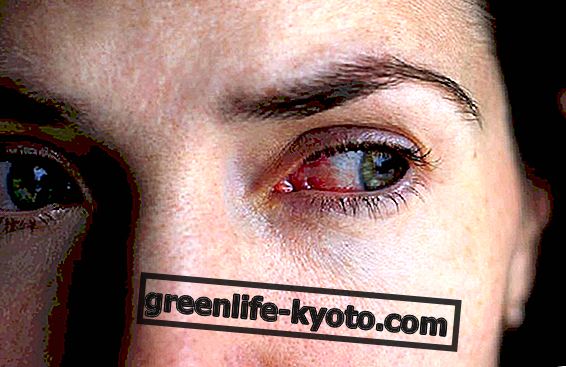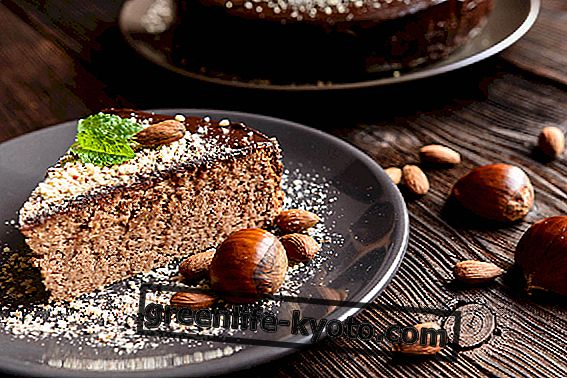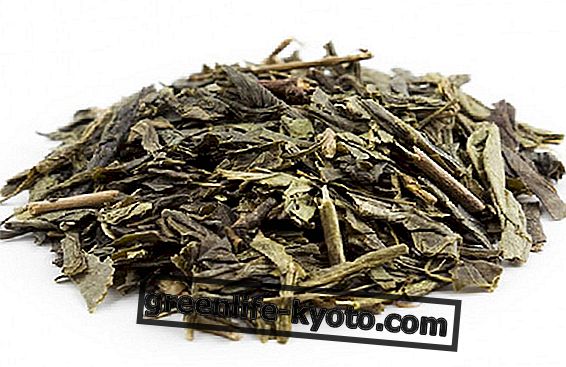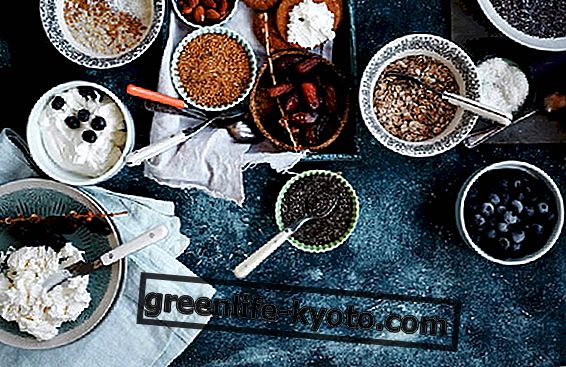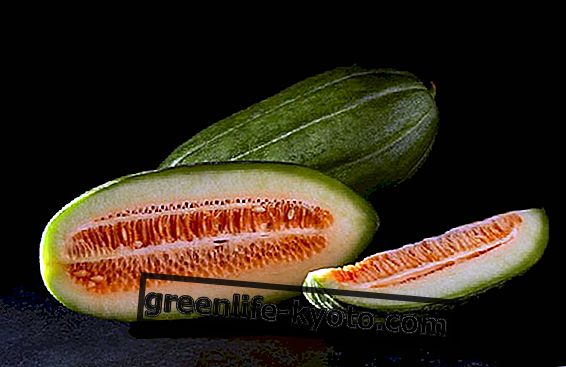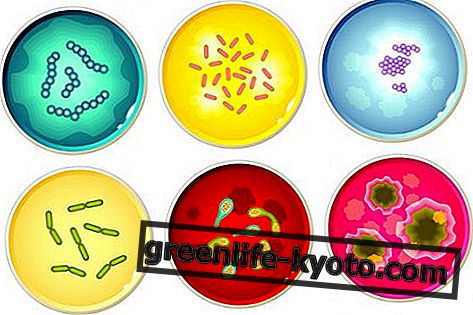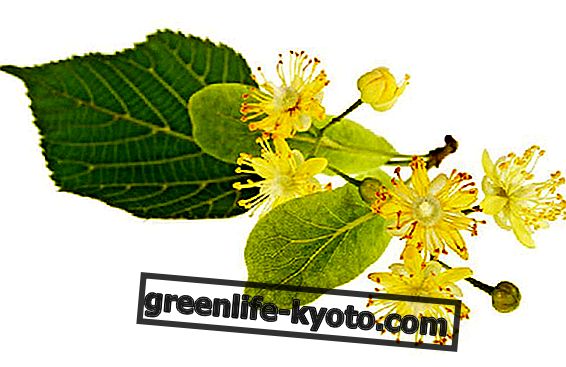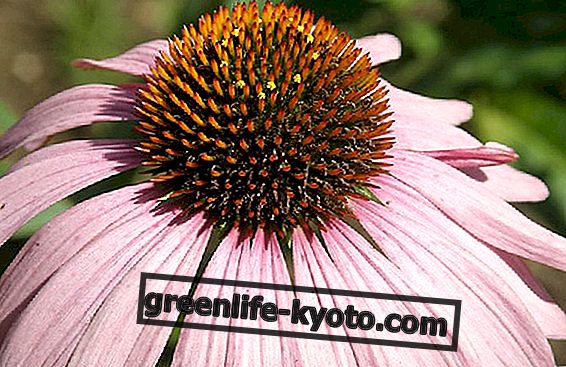
Autumn is known to bring colds and coughs.
Several parainfluenza viruses precede the real flu that arrives more or less at the beginning of winter and the cold season promises to be more and more complex and annoying compared to last year.
There are those who care about seasonal ills only when they actually arrive and those who prefer to prevent.
Prevent seasonal ills
Prevention has so many faces, the first is that of a healthy and varied diet, containing all the nutrients useful to the immune system to fight more effectively against seasonal ills. And then there are preventive therapies, traditional or alternative, which can certainly help but ... how do you choose the right one?
Any traditional or alternative therapy may have undesirable effects. Natural remedies are no exception; we will never tire of emphasizing that natural is not synonymous with harmless .
But what does it mean? Should we then stop resorting to therapies, in this case to preventive therapies? Absolutely not; however, we must learn to avoid DIY and to inform ourselves with a specialist even when our choice is natural remedies; always, but above all if the person who has to take the product is a child, a chronic patient or a pregnant woman.
It is also important to learn how to read labels . When choosing a natural remedy it is preferable to buy packaged products rather than bulk herb, even for a better dosage definition. If in doubt about the contents, ask your pharmacist or doctor for clarification.
Chronic sore throat: causes and remedies
The case of echinacea
The period of prevention against seasonal evils was inaugurated at the end of the summer by the case of echinacea, a plant widely used above all for its action on the immune system.
The British Agency for the Control of Drugs and Devices has issued a statement advising against the use of Echinacea for children under 12 due to the risk of developing an allergic reaction, with symptoms ranging from skin reactions to breathing difficulties and, in rare cases, even to anaphylactic shock.
No echinacea for children under 12, therefore. The British agency has stressed that this is a precautionary measure and has calmed the parents who until now have given it to their children for the prevention or treatment of colds.
